About our Sessions
The Nexus between Academia and Public Service - Involving Students and General Public to Solve Drainage Issues
The purpose of this paper is to highlight a collaboration between the Civil and Environmental Engineering (CEE) faculty and students at SMU and local communities to assist in ameliorating persistent local flooding and streambank issues.
Occasionally, residents, Homeowner Associations, or community organizations, request help in solving local drainage issues. Since there is generally little or no money available to study a somewhat complex drainage-related problem, e.g., local flooding, streambank erosion, etc., occurring on local creeks or streams, the riparian landowners will ask for help. Fortunately, enterprising faculty and students have teamed up to help solve these issues by incorporating them into class project assignments. SMU CEE students’ educational experience is enhanced by participating in real-world, hands-on projects. The students education is enriched by having them garner knowledge of public policy, local government procedures, engineer-client relationships, and other broader contexts of their design solutions.
Over the last three years the City of Keller and City of Plano have asked for some assistance in helping residents or homeowner associations in identifying and solving local drainage issues. This paper describes the process through which the city governments and residents were provided assistance and the outcome of our efforts.
Briefly, the City of Keller project had SMU CEE students, under faculty supervision, identify the problem; conduct site visits; survey land uses, soil types, and stream morphology; model extent of flooding/drainage issues; analyze and consider design alternatives; and report recommendations.
Similarly, the City of Plano project had students, under faculty supervision, identify the problem; conduct site visits; survey land uses, soil types, and stream morphology; model extent of erosion issues; analyze and consider design alternatives; and report recommendations.
While not all drainage problems can be solved using this dynamic between universities and local communities, there are some cases where the two can work together to uphold public safety and welfare and provide significant, project-based educational opportunities for engineering students.
Speakers
John Furlong PE, D.WRE
Adjunct Lecturer of Civil and Environmental Engineering
Southern Methodist University
John Easton Ph.D.
Associate Chair, Civil & Environmental Engineering
Southern Methodist University

